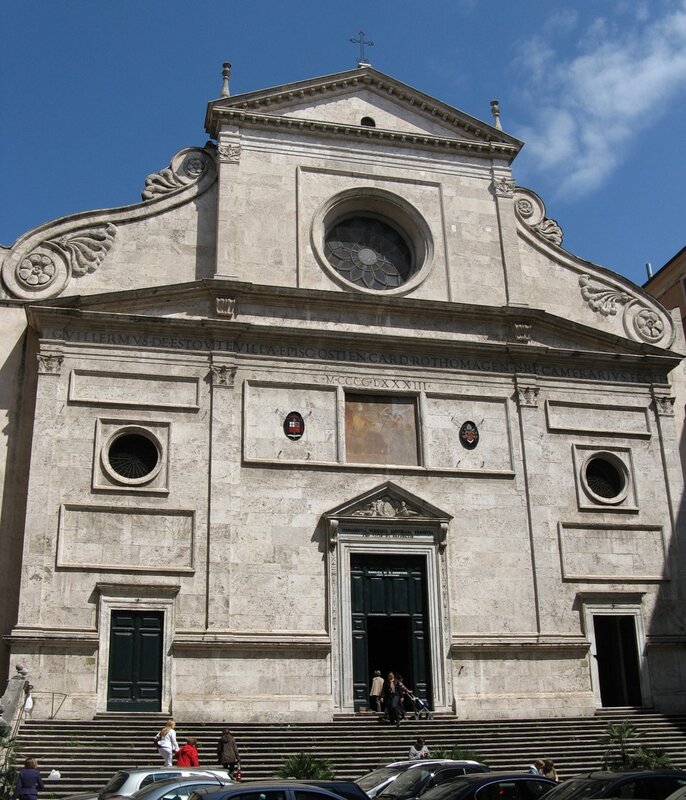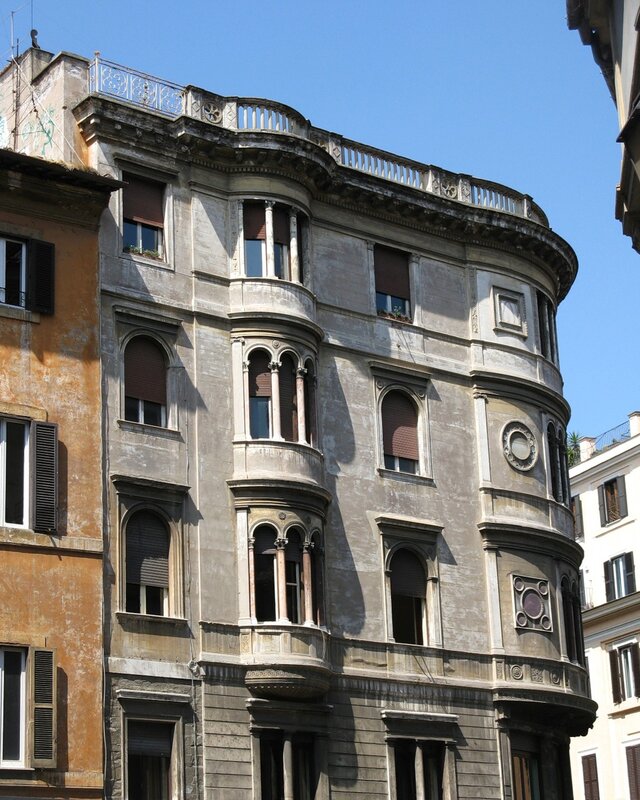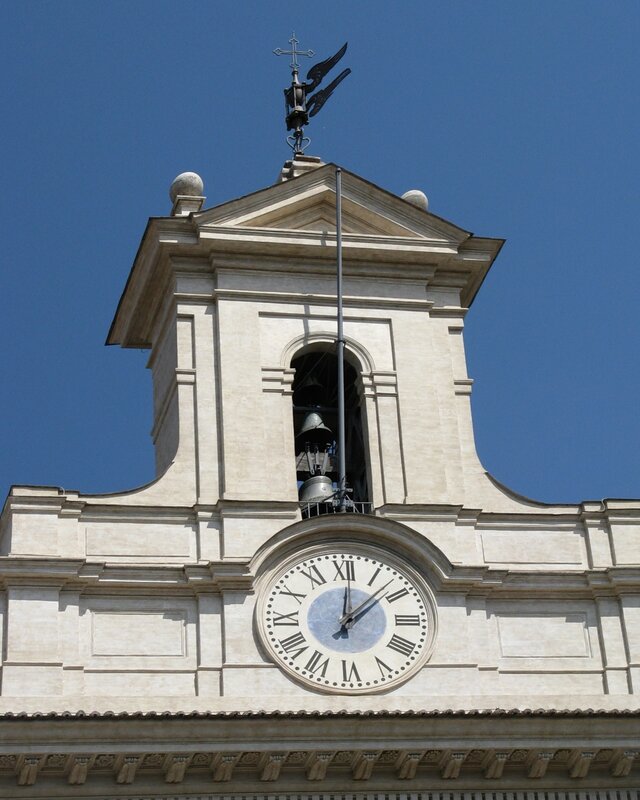Piazza di Monte Citorio
From the Navona square we will go to the square of the Piled appolinarium, to The Altemps Palace (Palazzo Altemps on the map). This mansion was built in the seventies of the 16th century for the Austrian cardinal Altemps, designed by Martino longi. The residence has a hall for a private theater, a chapel and a Belvedere tower. Now it houses a branch of the national Museum, where a collection of antique sculptures is presented.

A block to the East, we will see the Church of St. Augustine (Sant'agostino, Sant'agostino on the map) built in 1483. This is one of the first Roman temples of the Renaissance. The construction went stone blocks, broken off from the walls of Colisee. The Church was surrounded by houses inhabited by women of dubious reputation, who formed the congregation of the parish. In the temple, you can see the scandalous Madonna of Loreto, painted by Carvaggio, who took as a model one of the priestesses of love.

Such cars are popular among Italian teenagers. Such microliters are equated to scooters, and the right to drive them can be obtained at the age of 14.

Take a walk along Via delle Coppelle, where several of the city's palaces are located.



The square of Monte Citorio (Piazza di Monte Citorio, on the map), is located on top of one of the hills of Rome, and so called - the square of the hill of Citorio. It is notable for the fact that here is an obelisk of red granite, brought from the Egyptian Heliopolis. The 21.8-meter-high stone needle dates back to the 10th century BC and served as a gnomon in a giant sundial arranged by the Emperor Augustus on the field of Mars. In the 9th-11th centuries, the obelisk collapsed during the earthquake, and was restored only at the end of the 18th century on the instructions of Pope Pius VI and installed in the square of Monte Chitorio.

There is also The Palazzo Montecitorio in the so-called "international Baroque" style, which is characterized by restrained architectural forms. The building began to be built in 1653 on the orders of Pope innocent X for the family of cardinal Ludovico Ludovisi, the Pontiff's nephew. The construction was commissioned by the great Giovanni Bernini, but after the death of innocent was suspended for two decades.

Under innocent XII, the architect Carlo Fontana persuaded the Pope to complete the building and it housed the Papal Curia - the main administrative body of the Vatican. After the creation of the unified Italian state, the Palace was confiscated by the civil authorities and since then it has been occupied by the Chamber of deputies of Italy.

Column of Marcus Aurelius (Colonna di Marco Aurelio on the map) was established between 176 and 192 on the occasion of the victory of the Emperor Marcus Aurelius over the Sarmatians in the so-called Marcomanian war. Since the exact date of construction is unknown, it is possible that the pillar was installed after the death of the Emperor. The structure is a Doric column with a height of almost 30 meters, mounted on a ten-meter pedestal. The column body is made of Carrara marble and has a diameter of 3.7 meters. The column was supported by a statue of Marcus Aurelius,lost in the middle ages. During the restoration of the restoration of 1589, a bronze statue of St. Peter was placed on the column. The surface of the column is covered with bas-reliefs depicting the events of the war with the Sarmatians. Just like on Trajan's column, the images are made in the form of a ribbon that wraps around the column 12 times. As with many similar structures of the Roman era (the same column of Trajan, for example), inside there is a spiral staircase leading to the upper platform.

The column gave the name to the square formed in the 15th century. The square faces the facade of the shopping arcade, opened in 1922 and named "gallery of the Column". In 2003, the building was named after Alberto Sordi, a famous comedian of Italian cinema.

In front of the facade of the gallery is a fountain by Giacomo della Porta, built in 1575 on the instructions of Pope Gregory XIII. The oval shaped bowl is made of polished granite and decorated with lion faces. In 1830, during the restoration process led by Alexandro Stocci, the fountain received new sculptural elements-half-open shells with dolphins inside.

On the other side of the square, you can see the Palazzo Wedekind, built in 1659 by the Bolognese family of Ludovisi. In 1852, the Palace passed into the ownership of the banker Carl Wedekind, whose name was stuck to the building, despite the fact that already in 1871 the Ministry of education of the United Italy was located here. Now the building is occupied by the editorial office of one of the largest Italian Newspapers, Il Tempo ("time"), known for its conservative orientation.

